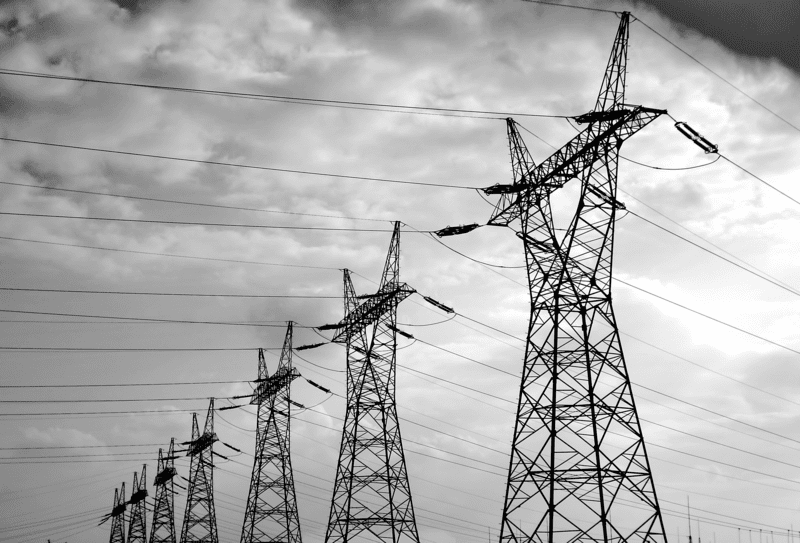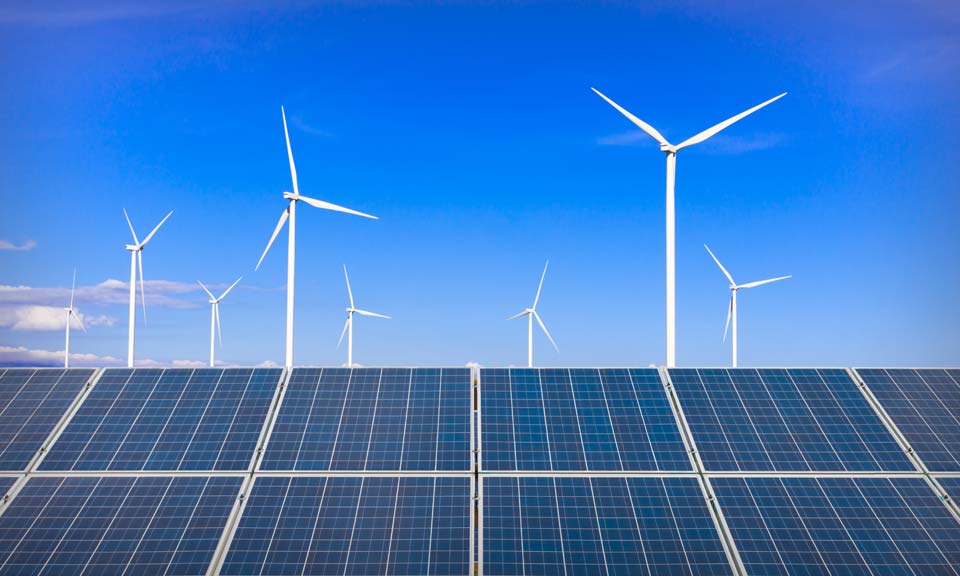After settling at its highest price in over a decade on April 7, the NYMEX Henry Hub prompt-month contract largely kept its gains in April 8 trading, as a widening storage deficit and the strength of natural gas exports raised supply concerns.
NYMEX Henry Hub May settled at $6.278/MMBtu April 8, just 8.1 cents lower than its prior-day settlement of $6.359/MMBtu on April 7, preliminary settlement data from CME Group shows. The April 7 daily settlement was the highest the prompt-month contract has reached since Dec. 2, 2008, according to data from S&P Global Commodity Insights.
Even with the April 8 dip, the May contract has gained more than 70 cents since becoming the front month contract.
Late spring price rallies are not uncommon for natural gas futures, though few are as extreme as the recent price run-up, experts said.
Traders are looking ahead to the summer months at this time of year, since "all the risk to your outlook is on the front end, where you don't know how warm it will be," Daniel Myers, senior market analyst at Gelber & Associates, said in a telephone interview.
Stephen Schork, principal at The Schork Report, had a similar view, saying that "natural gas is a very counterintuitive market, [futures prices] tend to run up before the summer or the winter during the shoulder season months."
Supply concerns are likely heating up the typical shoulder season price rally, with US gas stocks lagging the five-year average at a time when European energy security concerns have put additional pressure on US exports.
This concern is reflected further along the NYMEX Henry Hub forward curve, with every contract until March 2023 settling above $6/MMBtu in April 8 trading. Just one week earlier in April 1 trading, only two contracts – December 2022 and January 2023 – settled above $6/MMBtu.
The 2022-2023 winter strip (November – March) has soared, settling at an average of $6.47/MMBtu on April 8. This is up nearly 60 cents from settling at $5.90/MMBtu on April 1.
Supply concerns
One source of supply concern heading into the summer and winter demand seasons is the state of US storage, which has recently widened the deficit to its five-year average.
In its most recent weekly gas storage report, the US Energy Information Administration observed a 33 Bcf net withdrawal from Lower 48 storage, bringing total levels to 1.382 Tcf. Storage currently sits 22.4% lower than the same week a year ago and 17.1% lower than the five-year average.
"We're short on supply in the near term and there is no response really from the supply or demand side to deal with the acute supply crunch," Myers said. "Drilling has picked up, and production is on the way, but it is not evident to the market in the immediate future."
US gas production has averaged 93.5 Bcf/d so far in April, down around 300 MMcf/d from March levels, data from S&P Global showed. Volumes have continued to lag the near record-highs seen in December, when US gas production averaged 95.7 Bcf/d.
On the demand side, limited fuel switching options and record-high gas exports have also increased the pressure on supply.
"A typical response in the market in years past [to high gas prices] would be that power generators are incentivized to burn more coal than gas," Myers said. "It is the case now that the response simply isn't there, both because a lot of coal capacity has been retired over the past several years and because coal prices themselves are under pressure and rising."
US LNG exports are on track to see a record-high year, averaging 12.55 Bcf/d year to date, up from 10.33 Bcf/d for the same time a year ago. Global demand for US LNG cargoes is strong, as European countries seek to source alternatives to Russian gas in response to Russia's ongoing invasion of Ukraine.
Outlook
From a technical perspective, the near-term market reaction will be indicative of where prices might go from here, David Thompson, executive vice president at brokerage Powerhouse, said in an interview.
"It will be interesting to see if we can power through this," Thompson said. Remaining near the top of the market highs "would open new technical fresh ground to run in, but we also have the technical conditions for a big sell-off."
The $6.10-$6.30 range has historically been an impassable resistance point for other gas futures rallies over the last decade, with a late October 2021 push peaking at $6.202/MMBtu and a February 2014 run-up fizzling out at $6.149/MMBtu. Even the January price spike observed earlier this year, which market watchers characterized as a "classic short squeeze", settled at $6.265/MMBtu.
"We are technically overbought on momentum indicators by a significant degree – this doesn't necessarily signal a big collapse in price though. We were also overbought in October, and we chopped sideways before finally selling off going into December," Thompson said.
Myers echoed a similar sentiment saying, "I think things will settle down when true summer demand appears."





